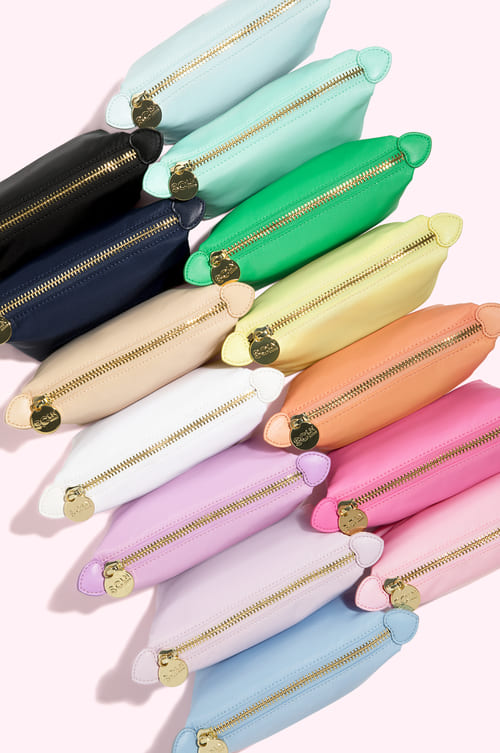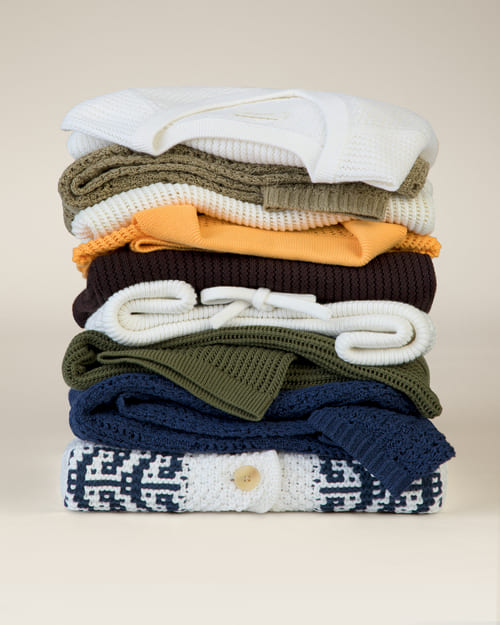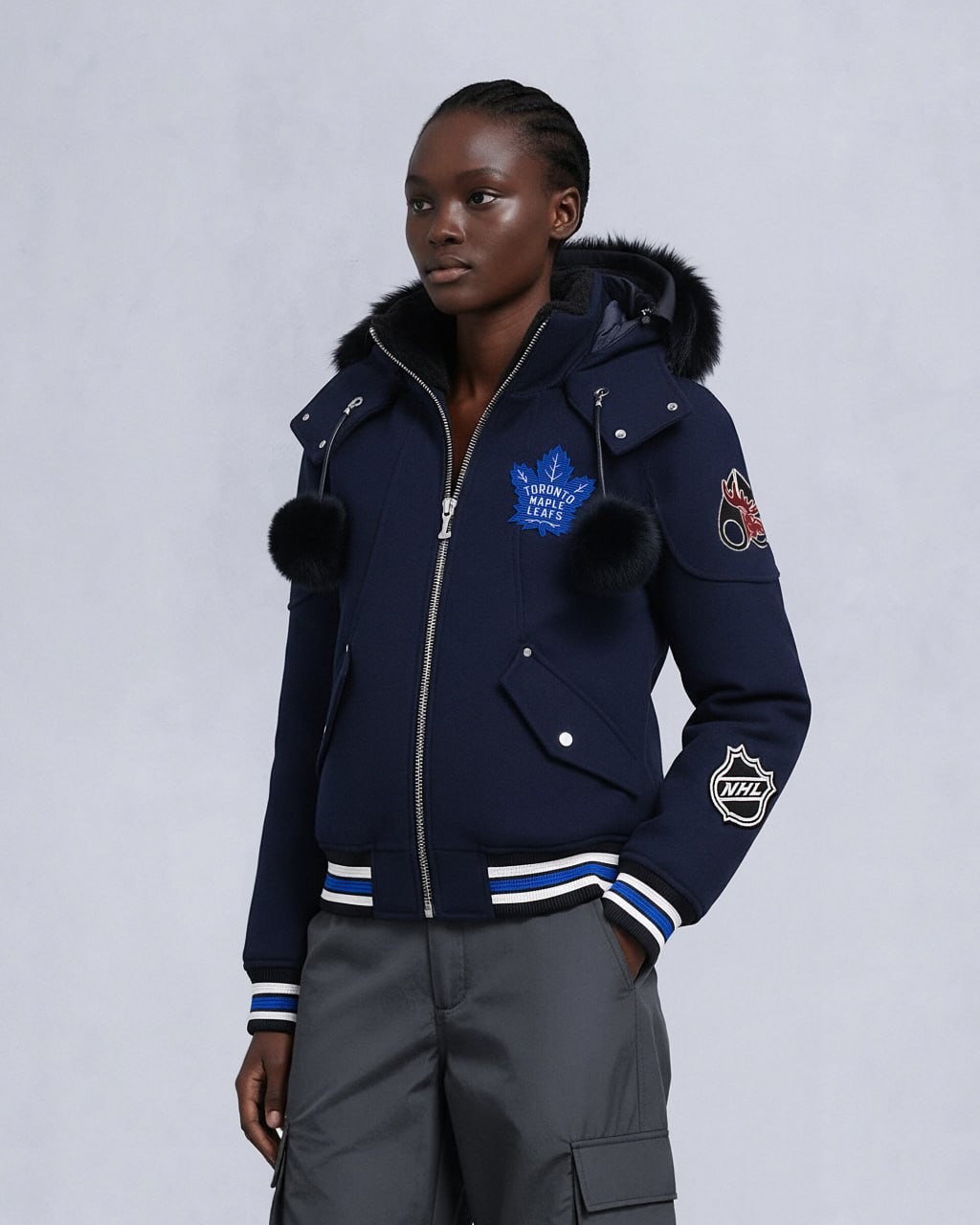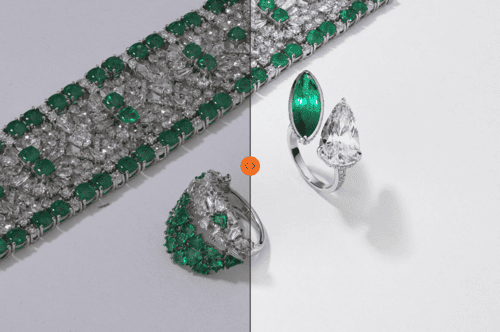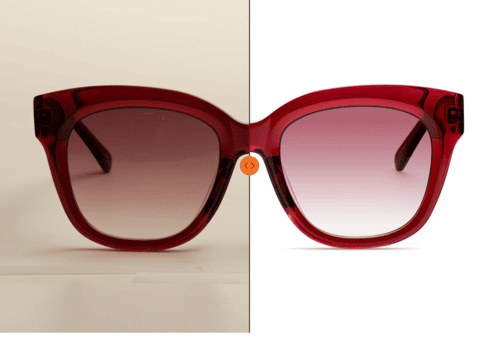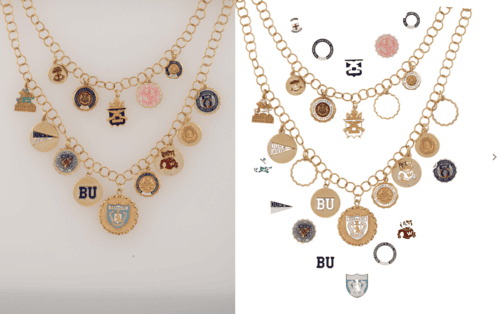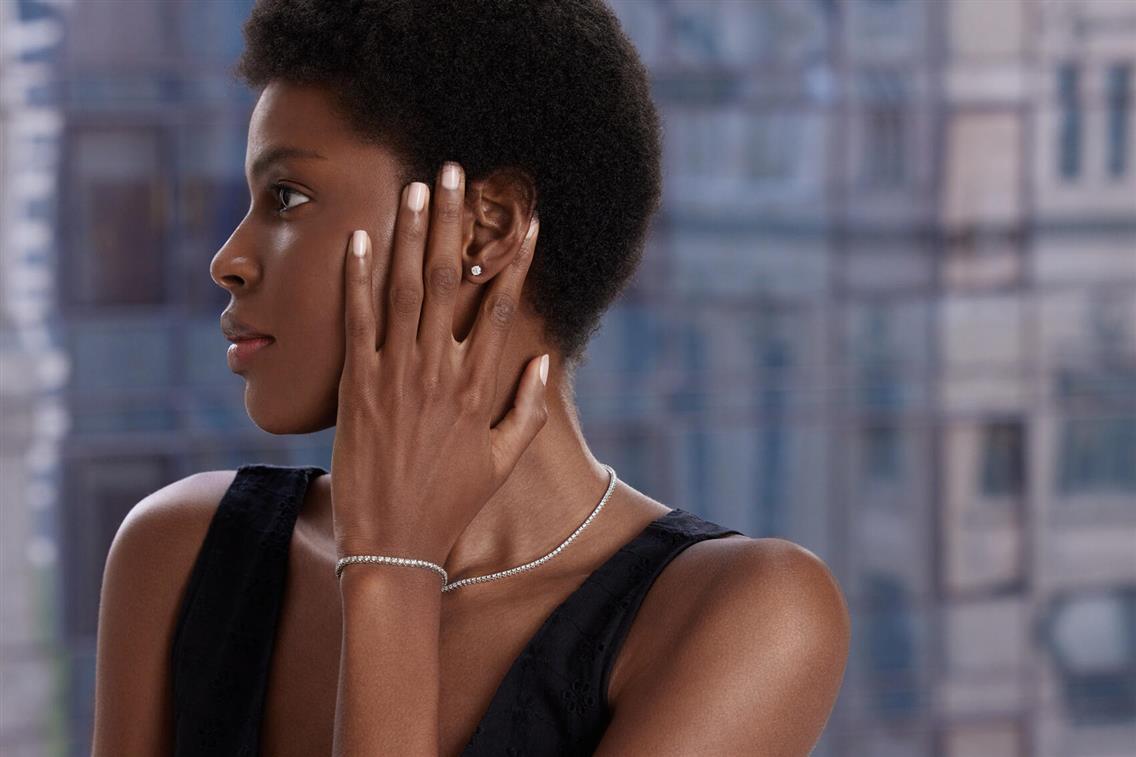Essential Video Content Types for Your E-Commerce Business
Leveraging Video Content for E-commerce Success
Video content is the language your customers expect. According to a 2024 Wyzowl study, 91% of consumers say they want to see more online videos from brands, and 89% say watching a video has directly convinced them to make a purchase. For online businesses where physical touch is off the table, video becomes the next best sensory experience.
But not all videos do the same job. You don’t need just random videos; you need the right mix. Each type plays a unique role in your brand's ecosystem, from immersive 360-degree spin videos to emotionally driven creative commercials, from 3D animations that defy physical limits to stop-motion that brings engagement and personality.
In this guide, we’ll break down the most essential video content types for modern e-commerce brands. You'll learn:
- What each type is (and isn't)
- When and where to use it
- How does it affect your customers’ decision-making
- What production considerations to keep in mind
Whether you're a growing brand trying to increase conversions or an established business looking to elevate your visual storytelling, this article will help you build a high-performance video content strategy tailored to your goals.
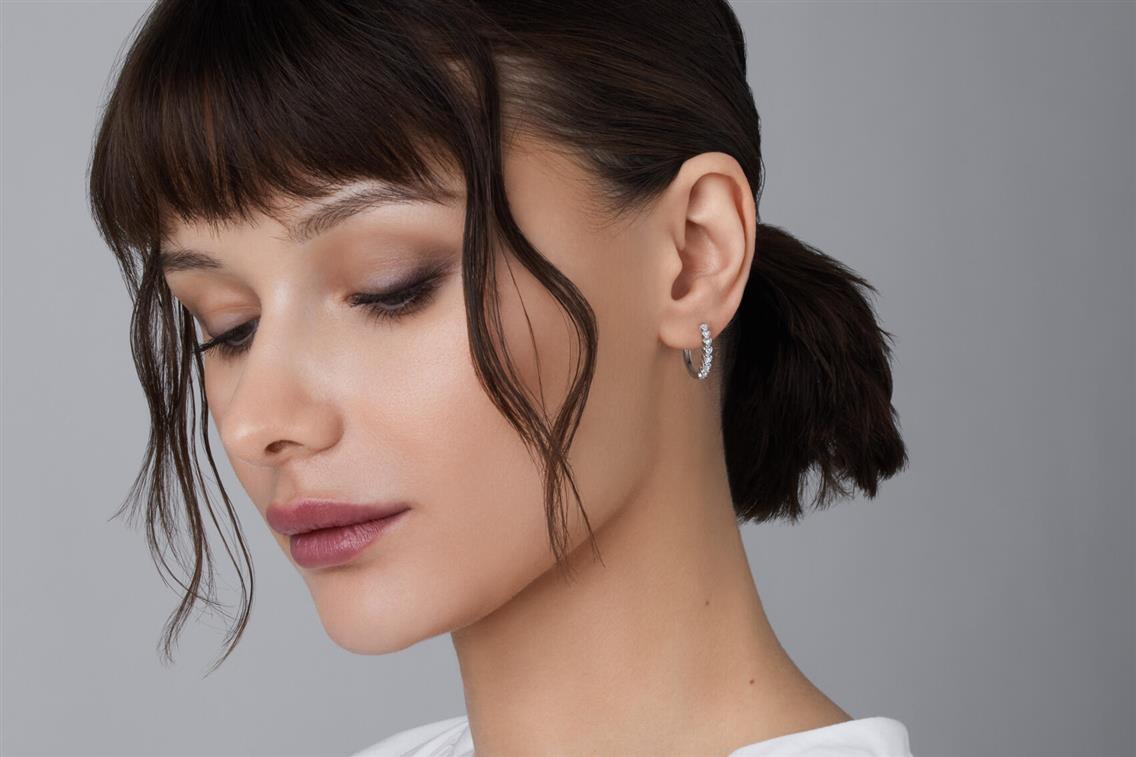
Why Invest in Video Content for Your E-commerce Business
Your Customers Don’t Want to Guess Anymore
In a digital storefront, clarity sells. The less your customer has to imagine, the more confidently they’ll buy. And that’s exactly what video delivers: context, motion, detail — all the things static images can’t fully provide.
Modern shoppers want to see how fabric moves, how a clasp opens, and how a skincare texture applies. They want to understand your product in real life. Video content satisfies that demand. It removes hesitation and builds trust.
Video Drives Results You Can Measure
This is about performance, too. Video increases dwell time on product pages, which sends positive engagement signals to search engines. Including a video on your landing page boosts conversion rates. Brands that incorporate video into their product pages see lower return rates, especially in categories like apparel, accessories, and electronics, where seeing fit or functionality is critical.
Video Content for eCommerce is SEO-Fueled
Search engines favor video-rich content because users do. A well-optimized video with transcriptions, structured data, and compelling thumbnails can appear in Google’s video results, driving organic traffic to your product pages or social media.
And don’t overlook platform-native search from Amazon to TikTok to Pinterest, video content ranks better, performs longer, and captures more attention in increasingly visual algorithms.
Your Competition Is Already Doing It, Or Will Be Soon
Video used to be a competitive advantage. Now it’s the price of admission. The real edge comes from doing it better: faster production pipelines, stronger creative direction, and platform-specific strategies that scale as your catalog grows. This is where we begin to zoom in on which types of videos matter most, and how to use them strategically.
360-Degree Spin Videos: Creating Interactive Product Experiences
When a customer walks into a physical store, they instinctively pick up a product, turn it over, examine the details, and see how it catches the light. A 360-degree spin video recreates that tactile experience online, and for many product categories, it’s a game-changer.
These videos allow shoppers to rotate a product interactively or view it in a continuous, smooth spin that reveals its shape, texture, and construction. It’s the closest thing to “holding” the item in a digital shopping environment, and it builds a level of trust that static photos simply can’t.
What Makes a True 360 Video (and What Doesn’t)
There’s a difference between true 360-degree videos and multi-angle photography stitched into a carousel. True 360 videos are captured using a turntable or multi-camera setup that records the product in motion, often on a seamless background with controlled lighting.
This format results in a smooth, rotating view where every detail of the product, front, back, sides, even edges, is on full display. Unlike click-through slideshows or GIFs, 360s offer a more immersive and intuitive experience, especially on mobile.
When and Where to Use 360 Product Videos
360s shine in categories where detail and structure matter:
- Footwear, where the sole shape, height, and material are key.
- Accessories and jewelry, where scale and finish are hard to capture in stills.
- Home decor and electronics, where shoppers want to inspect dimensions and surfaces before committing.
Place these videos prominently on product detail pages. Many platforms now support native 360 video playback or interactive viewers, and they often lead to increased engagement metrics like time on page and add-to-cart rates.
They’re also valuable in marketplaces like Amazon, Wayfair, or Walmart, where enhanced media can boost ranking and conversion.
If your brand has high-SKU volume or frequent new product drops, investing in a repeatable 360 video setup or partnering with a studio that specializes in batch 360 production can dramatically improve your catalog quality without slowing down operations.
Related read: Breaking Down 360-Degree Spin Videos for eCommerce
Stop Motion Animation: Adding Character to Your Product Line
Stop motion taps into nostalgia, creativity, and visual novelty, all without requiring big budgets or complex setups. It reminds viewers of craft while still delivering modern, high-converting visuals.
The tactile nature of the technique gives the final product a sense of intentionality. It’s fun, but it’s also strategic: every movement is designed to reveal something important about your product.
For emerging brands that want to differentiate fast or established brands looking to lighten their tone, stop motion offers a perfect balance of art and commerce
Which Products Benefit Most from Stop Motion
- Cosmetics and skincare for showing textures, routines, or “before and after” transformations.
- Food and beverage playful stacking, pouring, or ingredient animations.
- Accessories, jewelry, fashion, and lifestyle products to show versatility or packaging in a fun, visual rhythm.
- Gift sets and bundles to bring excitement to unboxing or component reveals.
Stop motion is also highly effective for seasonal drops, launches, or limited editions, where you want something punchy and memorable, but don’t necessarily need a long explanation.
Read more about stop motion in a dedicated article: What Is Stop Motion Animation and How It Works in eCommerce
Product Videos: The Foundation of E-commerce Visual Content
The Workhorse of Your Visual Strategy
Product videos are the baseline. They’re clean, informative, and consistent. Think of them as your video version of a product photo: focused on clarity, functionality, and visual accuracy, but the key difference is that a person appears in the frame, demonstrating how to use or wear the product.
They answer key shopper questions:
- What does the product look like from multiple angles?
- How does it move or function?
- What size does it appear in context (on a model, in a space, in a hand)?
Done right, these videos reduce uncertainty and increase confidence, especially for new customers who haven’t purchased from your brand before.
When and Where to Use Standard Product Videos
Product videos are essential on your product detail pages (PDPs), where they complement photography and offer an added layer of context. They also perform well in ad carousels, especially on platforms like Facebook and Instagram, where subtle movement can make a product stand out mid-scroll. You can also incorporate them into email sequences, B2B presentations, and customer service resources — anywhere you need to show the product in action.
Length, Pacing, and Consistency Guidelines
While there’s no one-size-fits-all, most standard product videos work best when kept between 20 and 45 seconds. The goal is to show enough information to reassure the buyer without overwhelming them.
Start with your product’s most visually compelling feature and keep the pacing steady. Don’t wait until the end of the video to show something important, your viewer might not make it that far.
And most importantly, maintain consistency across your catalog. Uniform lighting, camera angles, styling, and background will give your site a clean, professional appearance, one that builds trust and reinforces your brand’s attention to detail.
Batch Video Production: Efficient Doesn’t Mean Generic
One of the biggest advantages of standard product videos is their scalability. With a smart batching approach, you can produce dozens of SKUs in a single production day. This involves pre-planning your shot list, grouping products by style or setup, and using a streamlined production pipeline that minimizes downtime between items.
Efficiency doesn’t mean lower quality; it means fewer decisions during the shoot, fewer inconsistencies in the final result, and faster turnaround for large collections.
Quality Control: Details Sell
Even though product videos are designed to be simple, they still need to meet a high production standard. Lighting should be clean and even, avoiding shadows that might misrepresent the product. Focus should be sharp throughout, especially when zooming in on texture or hardware. And color grading must reflect the product’s true tone, especially important in categories like apparel, beauty, and home goods.
These videos may seem basic, but they play a critical role in helping shoppers feel informed, supported, and ready to purchase.
Related read: Maximizing eCommerce Businesses Sales with Product Videos
Creative Commercial Videos: Building Brand Identity Through Storytelling
The Shift from Traditional Ads to Brand Storytelling
Creative commercials aren’t about listing features or showing the product from every angle. They’re about making someone feel something, about your product, your values, your brand.
Modern consumers are skeptical of anything that feels too salesy. They don’t want to be sold to, they want to be inspired, entertained, or emotionally moved.
That’s why the most effective creative commercials don’t just show the product. They connect it to something larger: a lifestyle, a feeling, a moment.
These videos often live at the top of your marketing funnel. They introduce your brand to new audiences, capture attention in crowded feeds, and set the tone for how people perceive you. Think of them as the video equivalent of a billboard, except smarter, more targeted, and far more engaging.
Unlike standard product videos, creative commercials allow room for narrative, emotion, and originality, all the things that transform a commodity into a brand people remember.
When and Where to Use Creative Commercials
- Product launches are used to build hype and position your product in a larger context.
- Paid ads on platforms like Meta, TikTok, and YouTube, where storytelling outperforms static creative.
- Homepage hero banners are where a single high-impact video can instantly convey brand mood and tone.
- Retail events or pop-up campaigns are used when you want to turn heads or go viral.
They’re also powerful in email marketing, especially for new subscribers or re-engagement campaigns.
How to Come Up With a Creative Commercial That Works
- Start with a clear emotional hook — joy, surprise, empowerment, curiosity.
- Use visual storytelling frameworks — such as micro-narratives, transformation arcs, or “day in the life” scenes.
- Anchor it with your unique value proposition — even if the product only appears in the second half.
- Balance aesthetic and performance goals — it should look beautiful, but also move the needle on awareness or engagement.
Attention spans are short, especially on mobile. So it’s often better to create a series of punchy micro-commercials rather than a single epic film. Short-form storytelling allows for rapid testing, cross-platform use, and adaptation based on what resonates.
3D Animation: Visualizing Products Beyond Physical Constraints
The Power of 3D Animation in Product Visualization
3D animation allows you to present products in ways that defy physical limitations. You can show a prototype before it’s manufactured. You can zoom through internal structures without opening the product. You can create seamless transitions, floating particles, or hyper-clean environments that feel futuristic — all with complete visual control.
This format is especially valuable for brands in categories like beauty, wellness, technology, and home appliances, where microscopic detail, inner mechanisms, or invisible features matter. If photography can’t capture it, 3D probably can.
Types of 3D Animation for E-commerce
1. Product Explainer Animations
Perfect for complex products that need visual deconstruction. Use animation to show layers, functions, or multi-step interactions in seconds.
2. Feature Demonstration Animations
Zoom in on key selling points like waterproofing, magnetic closures, or ergonomic curves with cinematic focus and precision.
3. Context-of-Use Animations
Place your product in a virtual setting (a bathroom, office, gym bag) to help viewers understand scale and lifestyle fit.
4. Technical Specification Visualizations
For B2B or high-consideration products, highlight specs like voltage, material composition, or operating range in a visually engaging way.
3D may sound high-tech, but when done right, it enhances understanding, curiosity, and desire.
Related read: The Impact of CGI & 3D Technologies on eCommerce
Build Brand with Strategy, Scale with Video Content
Video content has become one of the most powerful drivers of growth in e-commerce, not because it’s trendy, but because it works. From foundational product videos to immersive 360-degree spins, from emotionally charged creative commercials to innovative 3D animations and character-rich stop motion, each format plays a unique role. When used together, they create a visual ecosystem that builds brand equity.
Video Creation Workflow Optimization
To scale your video content production without sacrificing quality, it’s essential to develop a clear, repeatable workflow. This starts with proper planning and internal organization.
- Begin by creating detailed templates for your storyboards and shot lists. These documents not only guide the shoot but also help a creative team stay aligned on direction and avoid missed shots.
- Develop an internal style guide that outlines your brand’s visual standards from preferred framing and pacing to lighting setups and background choices. This guide ensures that every video, whether produced in-house or by a partner, maintains a consistent look and feel that reflects your brand identity.
- Schedule regular content production blocks as part of your marketing calendar. Treat filming, editing, and review days just like product launches as structured, non-negotiable parts of your workflow. This approach helps prevent last-minute scrambles and keeps your content pipeline flowing smoothly.
- Finally, use cloud-based storage and collaborative project management tools to track content across teams, campaigns, and platforms. Clear visibility into your asset library reduces duplication, speeds up approvals, and helps your team stay organized as output scales.
The more structured and systematized your workflow becomes, the more efficient your video production process will be, saving time, reducing cost per asset, and improving creative consistency across your brand.
Find the Right Production Partners
If you’re outsourcing, choose video partners who:
- Specializing in e-commerce visual content, not just video in a wide sensex
- Understand platform and performance constraints (file sizes, aspect ratios, viewer behavior)
- Assist with creative guidance, not just execution
- Show strong work across the video types you plan to produce (product, commercial, 360, animation, or stop motion)
A good video partner should feel like a creative extension of your team, not just a vendor. LenFlash has extensive experience across all types of video production, so you can trust us to handle your video project.
Explore our breakdowns of every essential video content type:
Each guide covers production tips, use cases, examples, and what to know before you invest, so you can make smarter decisions and build better content.

